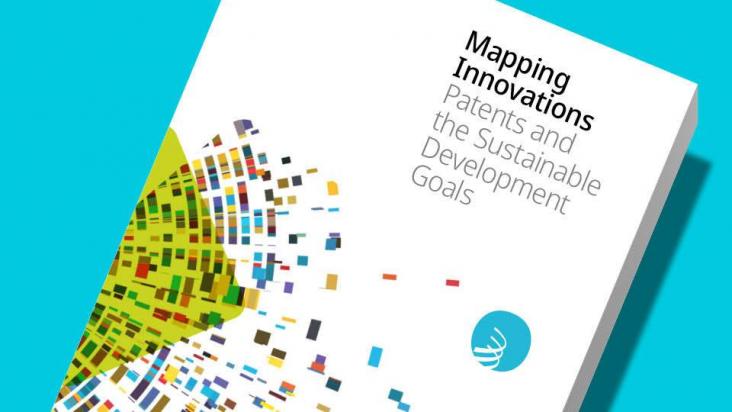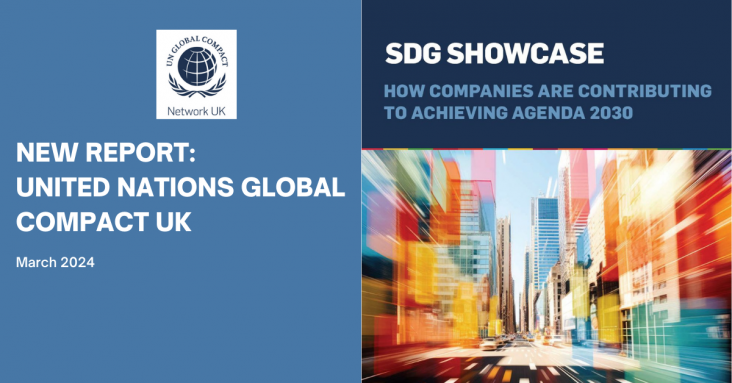

Sustainable Development of Renewable Energy: Latest Advances Production, Storage, and Integration, Advances Renewable Energy Technologies, 2024, Pages 401-412
This chapter aligns with SDGs 7 (Affordable and Clean Energy) and 17 (Partnerships for the Goals) by highlighting the roles of smart grids, renewable energy communities, information, and digitization, requiring technological, research, and political collaboration, in advancing the energy transition.


The International Women's Day "World We Want" Podcast Collection features the latest episodes in the RELX podcast series featuring renowned female leaders from across the globe.
This chapter explores the sustainability and environmental impacts of the nuclear industry thereby supporting Sustainable Development Goal 7 (Affordable and Clean Energy).
Renewable electricity can facilitate climate change mitigation in the buildings, industry and transport sector via direct electrification or indirect electrification, that is, converting electricit
